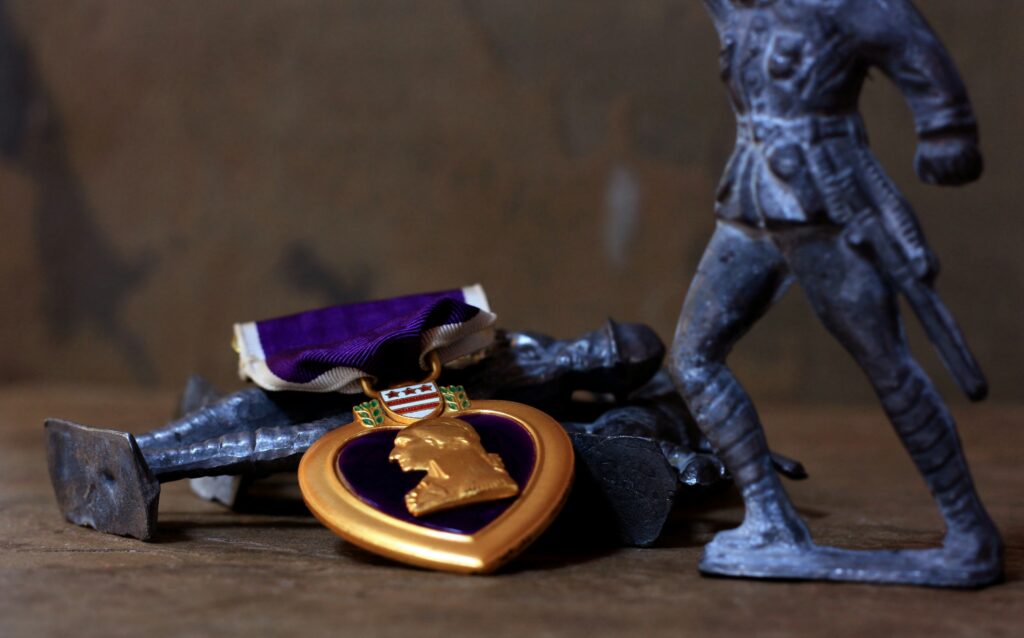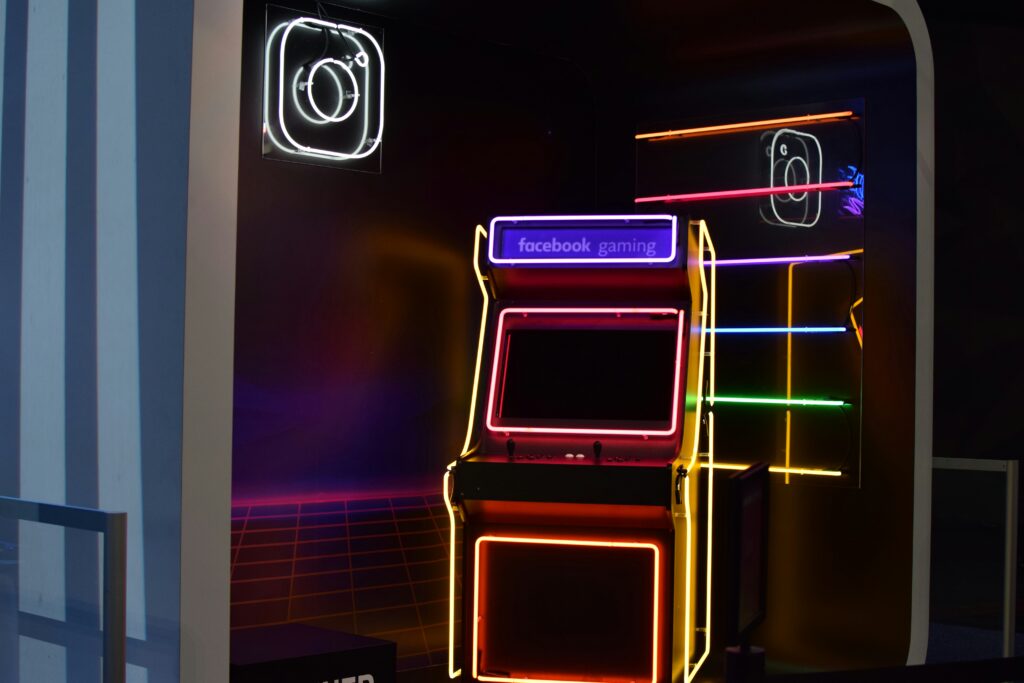What Makes a Great Battle Royale?
At its heart, a battle royale boils down to three things: survive, loot, and be the last player (or squad) standing. That loop—drop in, scrape together gear, and outlast everyone else—has proven almost endlessly repeatable. It’s simple, but not easy. The tension builds naturally. The stakes are always clear. Every match is a clean slate, which keeps players coming back.
When comparing BR titles, though, the loop is just the beginning. The heartbeat of each game lies in its mechanics—the feel of shooting, the flow of movement, the tactics that emerge mid-battle. Then there are maps: Are they wide open or tight and urban? Static or changing with each season? Matchmaking systems also carry weight. Faster queues and fairer matches make or break retention. And we can’t ignore innovation. Whether it’s unique character abilities, building systems, or second-chance mechanics like Gulags, standout features help break genre fatigue.
So why is battle royale still king in 2024? Because at its best, it captures everything players want: high stakes, strategy, improvisation, and highlight-reel moments. The genre has evolved, sure—but its core appeal hasn’t budged. And with studios still pouring resources into BR modes and spinoffs, that crown isn’t slipping anytime soon.
Apex Legends
Apex Legends has emerged as a standout title in the Battle Royale genre, blending high-octane gameplay with hero shooter dynamics. It’s become a fan favorite thanks to its movement systems, character diversity, and competitive depth.
Where Apex Legends Excels
- Fluid Movement Mechanics
Sprinting, sliding, wall-climbing, and ziplining keep combat dynamic and traversal intuitive. Apex rewards fast reflexes and spatial awareness, setting it apart from more grounded BR titles.
- Unique Character Abilities
Each “Legend” offers distinct tactical, passive, and ultimate abilities, adding layers of strategy and synergy to squad-based play. Teams can build around recon, defense, or aggression depending on their chosen roster.
- Fast-Paced Gunplay
Shooting feels impactful and precise, with an arsenal that suits every playstyle—whether long-range sniping or close-quarters SMG duels. The time-to-kill (TTK) also makes engagements intense but fair.
Evolving Worlds Built to Last
- Map Design and Rotation
With multiple maps in rotation—like Kings Canyon, World’s Edge, and Storm Point—Apex keeps gameplay fresh. Each map caters to different strategies and movement styles, offering variety in every season.
- Seasonal Updates
Frequent content drops introduce new Legends, balance patches, and limited-time modes. The evolving narrative and in-game changes keep players engaged and eager to return.
Community and Competitive Scene
- Active Developer Support
Respawn maintains a steady communication line with players, offering patches, quality-of-life improvements, and responsiveness to feedback.
- Esports and Tournaments
The ALGS (Apex Legends Global Series) has matured into one of the most exciting BR competitive circuits, highlighting top-level talent and rewarding strategic teamplay.
Where Apex Falls Short
While Apex Legends delivers an incredible gameplay experience, it’s not without its flaws:
- Steep Learning Curve
New players may find the fast-paced combat, complex character abilities, and high-skill ceiling intimidating.
- Balancing Challenges
With each new Legend and update, maintaining game balance is an ongoing challenge. Some characters or weapons occasionally feel overpowered until patched.
Despite these drawbacks, Apex Legends remains a premier choice for players looking for adrenaline-pumping action combined with strategic team dynamics.
Fortnite
What Sets Fortnite Apart
Fortnite remains one of the most iconic battle royale games on the market, known for its unique blend of mechanics and ever-evolving content. It’s not just a shooter—it’s a pop culture playground.
Core Strengths
- Iconic Building Mechanics: The construction system adds a skill-based, creative layer that separates it from more traditional shooters. Mastering building gives players significant strategic advantages.
- Consistent Updates: Frequent patches, live events, and themed seasons keep the game feeling fresh. New weapons, gameplay modes, and cosmetics drop regularly, maintaining excitement.
- Pop Culture Crossovers: Fortnite leads the genre in partnerships, featuring characters and events from Marvel, Star Wars, sports organizations, and musicians. These collaborations create a shared cultural experience beyond the gameplay.
Creative Mode and the Expanding Metaverse
- Creative Mode: This sandbox-like mode empowers players to build their own maps, games, and experiences. It’s become central to user-generated content and long-term engagement.
- Growing Metaverse Ambitions: With concerts, interactive experiences, and custom game modes, Fortnite is pushing beyond traditional gaming into a broader entertainment platform for social experiences.
Audience and Accessibility
- Broad Appeal: The game’s colorful visuals and fast-paced gameplay attract players of all ages. It remains particularly dominant among younger audiences and casual gamers.
Where Fortnite Falls Short
- Skill Gap for Non-Builders: Players who aren’t familiar with building mechanics can find themselves outmatched quickly, especially in competitive play.
- Shifting Away from Competitive Focus: Some long-time competitive players have expressed concerns that the focus on creative events and casual features has diluted Fortnite’s earlier esports and skill-based appeal.
Fortnite continues to be more than just a game. It’s a cultural platform—but that evolving identity comes with both major advantages and trade-offs, depending on what kind of experience you’re looking for.
Call of Duty: Warzone
Warzone hits a sweet spot for players who want tight shooting mechanics wrapped in large-scale, high-density chaos. Built on the Call of Duty backbone, the gunplay is refined, the movement feels punchy, and the feedback loop of armor plates, recoil control, and tactical positioning makes every firefight matter. The 100+ player lobbies keep tension high and encounters unpredictable.
Two of its unique pillars—the Gulag and the customizable loadout system—set it apart. The Gulag adds a sudden-death twist for eliminated players, keeping teammates invested and giving solo players a second shot. Meanwhile, the ability to call in your own tailored loadout shifts the meta from pure RNG to strategic planning, rewarding experience and prep over blind luck.
Event-driven content, seasonal updates, and integration with broader CoD titles keep things fresh. Warzone’s dev team knows how to run a live service—big moments, supporting lore, and frequent balancing changes help keep the player base active.
But it’s not all clean. File size bloat can clog devices and push away casual installs. Technical hiccups—like crashes or strange bugs—still crop up post-update. And while detecting cheaters has improved, bad actors still slip through. These aren’t deal-breakers, but they’re the grit in an otherwise polished war machine.
Warzone remains a frontline choice for competitive-minded players who want their battle royale served with ballistic edge and franchise-grade firepower.
PUBG: Battlegrounds
PUBG didn’t just enter the battle royale scene—it helped define it. As one of the original juggernauts of the genre, its realism-focused gameplay and tension-heavy pacing remain a draw for players who value tactical over twitchy. Every match feels like a high-stakes crawl through uncertainty, with methodical looting, positioning, and decision-making taking center stage.
Recent updates have kept the game from falling too far behind. The shift to free-to-play brought a wave of new players, and regional scenes—particularly in parts of Asia—have kept the competitive pulse strong. PUBG isn’t grabbing headlines daily, but it’s quietly staying relevant.
Still, it’s not for everyone. The graphics, even after touch-ups, feel dated compared to sleeker rivals. And the slower pace can turn off players who want constant action. But for fans looking for that raw, original battle royale vibe—no frills, no gimmicks—PUBG remains a solid pick.
Honorable Mentions
While the big names battle for dominance on consoles and PCs, there’s a separate, booming front: mobile. Leading the charge is Free Fire—a title tailor-made for low-spec devices and short, punchy sessions. Its lightweight design, combined with fast matchmaking and basic-but-tight mechanics, gives it a massive edge in markets where high-end gear isn’t the norm. Free Fire doesn’t try to be flashy. It wins by being accessible, and in places like Southeast Asia and Latin America, it’s not just surviving—it’s defining the scene.
Then there’s Super People, which arrived with interesting ambitions. A heavier PC title that blends battle royale pacing with class-based abilities, it tries to push in where Apex left a gap. It had its fans, mainly for tactical depth and mid-game variety, but never quite broke through mainstream. Other contenders are experimenting too—some with extraction elements, some fusing PvE missions into the loop. Innovation is happening, but so is imitation.
The landscape is split between those chasing what’s already proven and those looking for the next shape of the genre. The former might get quick wins; the latter might change the game altogether. Right now, both types are worth keeping an eye on.
Battle Royale Trends for 2024
The genre isn’t just surviving—it’s recalibrating. Cross-platform play is no longer a perk; it’s the baseline. If your title can’t keep friends playing together across PC, console, and mobile, it’s already behind. Seamless matchmaking across platforms is becoming key to community retention and faster lobby fills.
Narrative depth is another frontier. Players want more than just dropping in and duking it out. Seasonal story arcs, world-altering events, and evolving maps are turning BR matches into chapters of a larger saga. Fortnite leads here, but others are catching on—because even battle-hardened players love a little lore.
Monetization is under a magnifying glass too. Pay-to-win is dead in the water. What’s working? Battle passes packed with cosmetics, clear unlock paths, and value that respects players’ time. Done right, studios are profiting without pissing off their base.
For more on story integration done well, check out Role-Playing Games with Deep Storylines – A Review.
Final Verdict: Which Battle Royale Fits Which Player?
Looking to jump into a Battle Royale but unsure where to start? Here’s the short version: know your playstyle, and pick your match.
If you’re a competitive shooter purist who craves tight gunplay and tactical intensity, Warzone is your battleground. Its weapon realism, high-stakes pacing, and precision-first mechanics cater to the CoD veteran and esports-adjacent crowd. It’s also the most immersive when it comes to guns handling like they have real weight.
Prefer your chaos with a side of agility and character variety? Apex Legends is where it’s at. Each legend offers a distinct role, giving the game a MOBA-meets-BR flavor. Squad coordination is tight, movement is buttery-smooth, and the skill ceiling is high—but rewarding.
Just want to chill, get creative, and maybe launch a banana at someone? Fortnite stays undefeated in casual fun. Whether you’re building sky-forts or diving into its creative sandbox modes, there’s room here for everyone—especially newer and younger players. Pop culture mashups don’t hurt either.
If you’re drawn more to tension, long-range gunfights, and a realistic, slower burn than other games deliver, PUBG’s your pick. It won’t hold your hand, but that first chicken dinner will taste better because of it. It’s not flashy, but it’s built for purists who want oxygen-thin margins of survival.
Bottom line:
- PC players with competitive fire? Warzone.
- Console squad with fast twitch and hero love? Apex.
- Casual creatives or newcomers of any age? Fortnite.
- Tactical thinkers who like it gritty? PUBG.
Each game leans into a different beat—but that’s the point. Find one that matches your speed, then drop in.
Looking Ahead
If Battle Royale games want to hold attention in 2024 and beyond, they’ll have to evolve, not just iterate. The basics—drop in, loot up, gear fast, survive the closing circle—still work. But fatigue sets in quicker. Players are expecting more, and the market is flooded.
Future titles need to integrate persistent rewards, smarter matchmaking, and storytelling that doesn’t get in the way of mayhem. Think lore baked into the map. Micro-objectives that matter mid-match. Risk-reward loops that feel fresh every time. Good design makes a player say, “One more game,” even if they’ve already died six times today.
Hybrid genres are part of this shift. We’re seeing survival-crafting elements, RPG leveling, even social deception sneak into the BR format. The games that stick will find the right blend without bogging down the pace. It’s not about cramming in systems—it’s about breathing new life into the loop.
Still, don’t forget what makes this genre tick: pressure. The circle still needs to close. Gunfights still need to feel clean. At the end of the day, BR lives and dies by how tight that final 1v1 feels. The rest? Extras, only as good as they serve that tension. Keep it simple, but forward-thinking.




